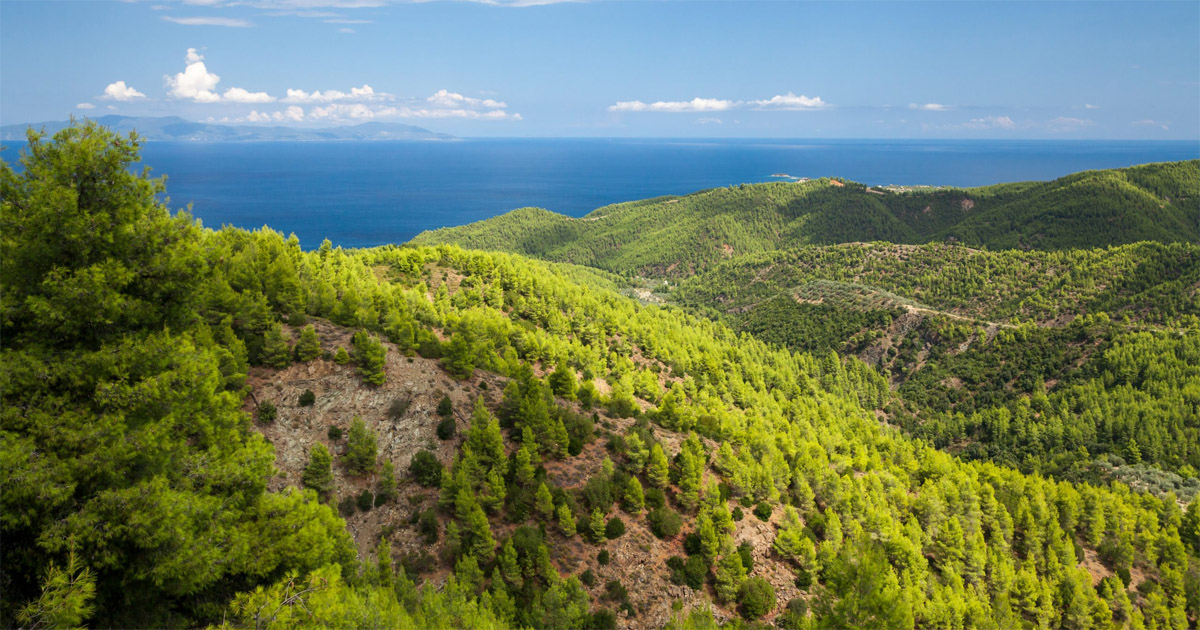Intensive cocoa production in Côte d’Ivoire, the world’s leading cocoa producer, has grown at the expense of forest cover. To reverse this trend, the country has adopted a “zero deforestation” agricultural policy and committed to rehabilitating its forest cover through the planting of high-value tree species in cocoa landscapes using a participatory approach. However, little is known regarding the factors influencing farmers’ introduction of high-value tree species to cocoa landscapes. We tested the hypothesis that ten previously reported factors to influence agroforestry system adoption to predict the number and choice of tree species that farmers introduce to cocoa farms. We interviewed 683 households in the cocoa-producing zone of Côte d’Ivoire and counted tree species on their cocoa farms. On average, two tree species were recorded per surveyed farm. Generalized Poisson regression models revealed that, in the cocoa production area, experience in tree planting and expected benefits, including income and food, influence tree species introduction through planting or “retention” when clearing land for cocoa establishment. The age of the farmer also influenced (p = 0.017) farmers’ tree species planting on cocoa farms. Fewer tree species were introduced into current intensive cocoa-production areas than in “old cocoa-loops” and forested areas. The number of tree species introduced to cocoa farms increased with expected benefits and experience in tree planting. The number of planted tree species also increased with farmers’ age. Tree species were mostly selected for the provision of shade to cocoa, production of useful tree products (38%), and income from the sale of these products (7%). Fruit tree species were the most planted, while timber tree species were mostly spared when clearing land for cocoa production.
DOI:
https://doi.org/10.3390/f12020198
Altmetric score:
Dimensions Citation Count:





















